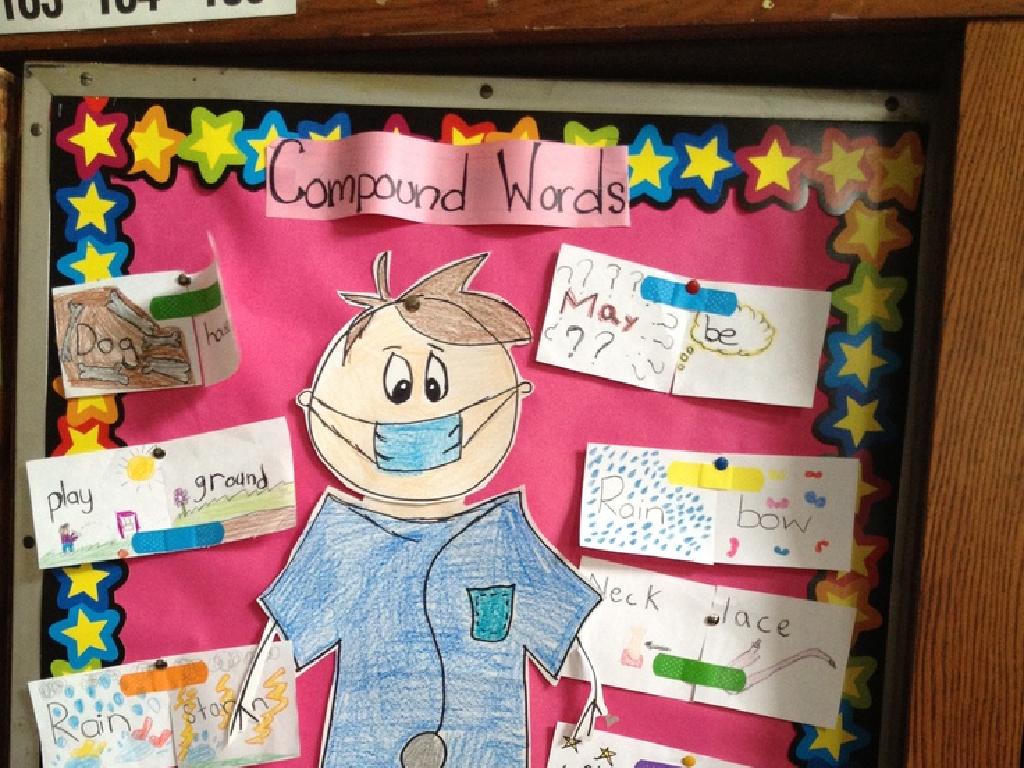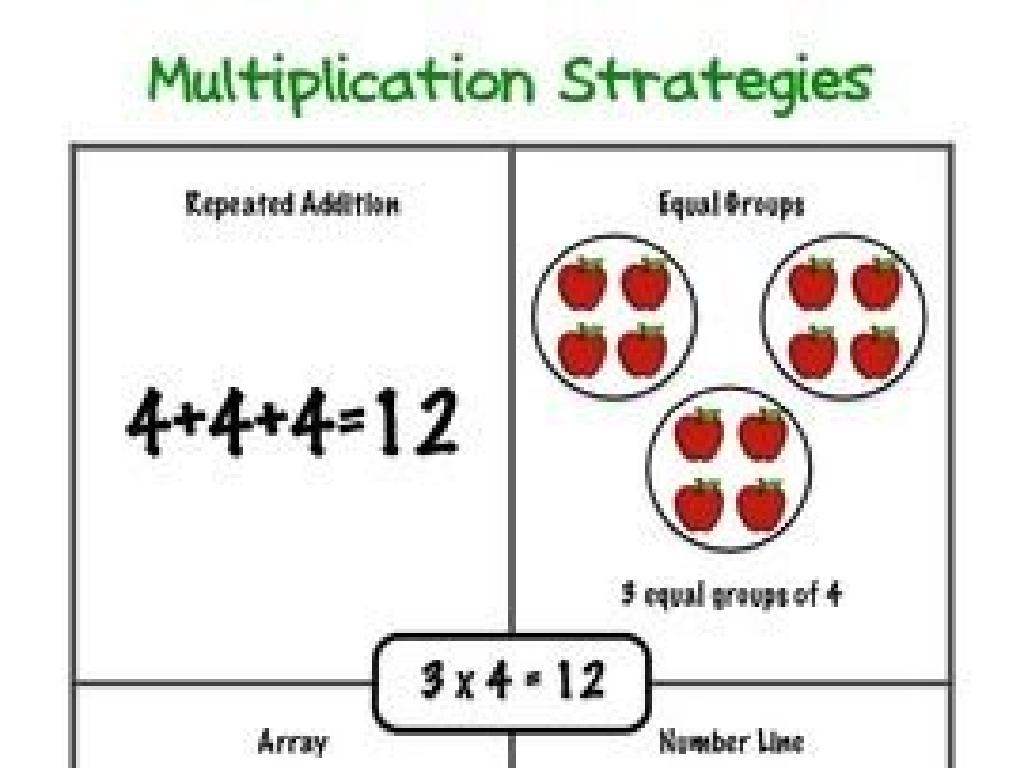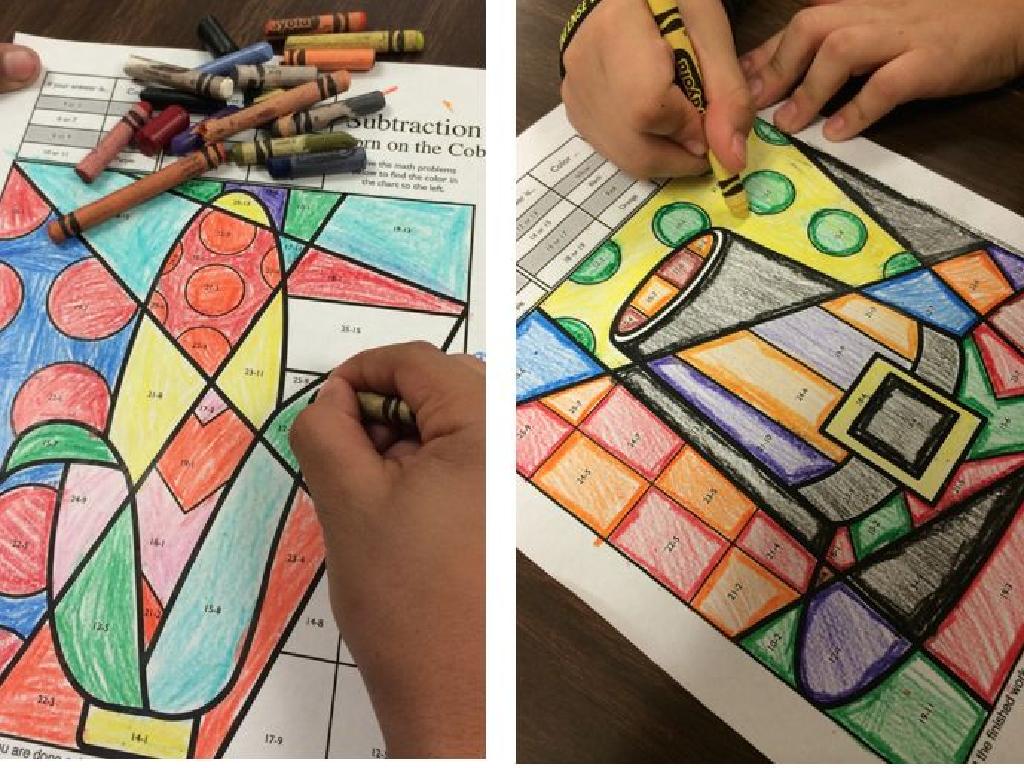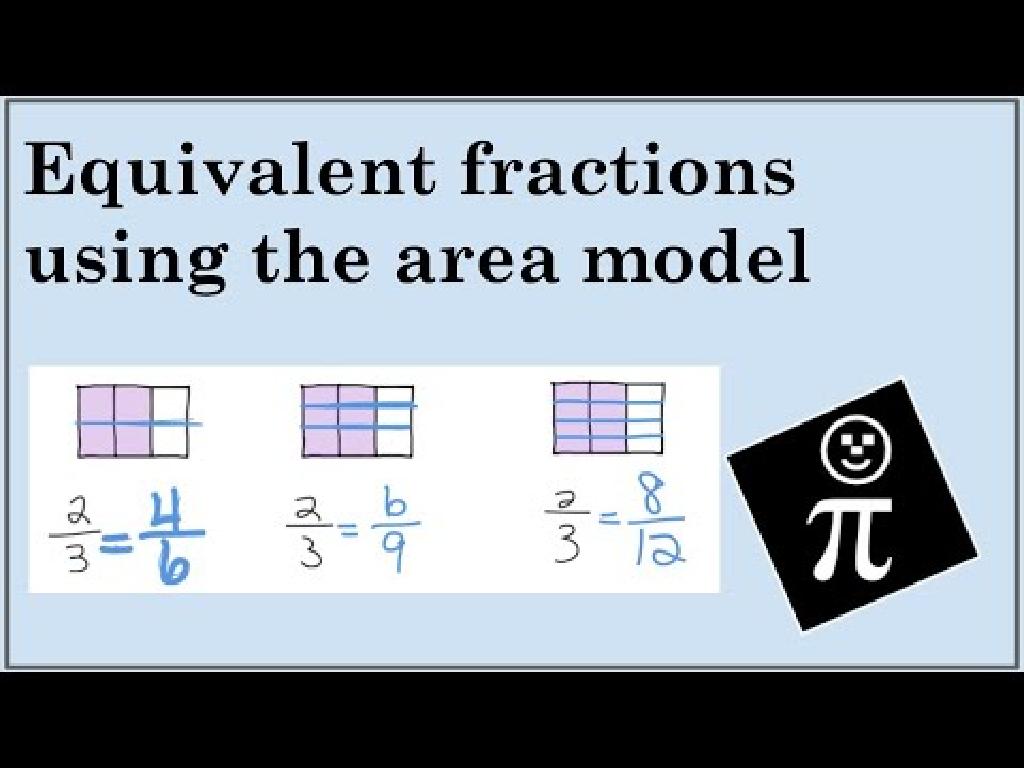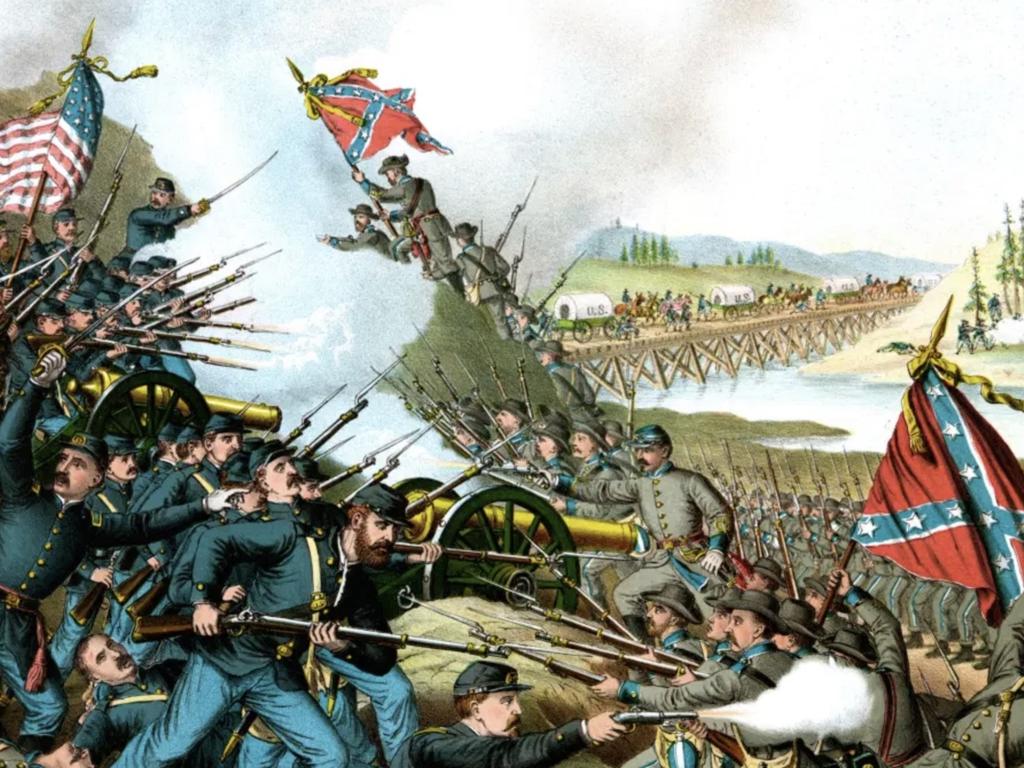Choose The Uppercase Letter That Matches: C, K, O, P, S, U, V, W, X, Z
Subject: Language arts
Grade: First grade
Topic: Lowercase And Uppercase Letters
Please LOG IN to download the presentation. Access is available to registered users only.
View More Content
Welcome to the Alphabet!
– Learning about big & little letters
– Share letters you know
– Can you tell us any uppercase or lowercase letters?
– Letters build words
– We use both big and small letters to make words.
– Matching game: Big & Little
– Find the big letter that matches the small one: c, k, o, p, s, u, v, w, x, z.
|
This slide introduces first graders to the concept of uppercase (big) and lowercase (little) letters. Start by explaining that every letter has a big and a little version. Encourage the children to share any letters they already know, praising their prior knowledge. Explain that we use both types of letters to form words. For the activity, have a set of flashcards with both uppercase and lowercase letters and ask the students to match them. This will help them recognize the letters in different forms. Make sure to have a variety of examples and perhaps a fun matching game ready for the class to reinforce the learning objective.
Matching Uppercase Letters
– What are uppercase letters?
– They’re the big letters in the alphabet
– Use at sentence start
– Always use them for the first letter in a sentence
– Use for names
– People’s names and places start with uppercase
– Practice matching letters
– Find the big letter that looks like ‘c’, ‘s’, ‘u’…
|
This slide introduces the concept of uppercase letters to first graders, emphasizing their use at the beginning of sentences and for proper nouns like names of people and places. It’s important to provide examples and visual aids to help students recognize uppercase letters. For instance, show the uppercase ‘C’ and then show a lowercase ‘c’, and explain how they are the same letter but with different cases. Encourage students to practice by matching lowercase to their corresponding uppercase letters, using common letters like C, S, and U. Prepare a class activity where students can draw lines connecting lowercase letters to their uppercase counterparts or use letter blocks to pair them.
Matching Lowercase to Uppercase Letters
– What are lowercase letters?
– They are the small versions of letters
– When do we use lowercase?
– Used in most of our writing
– Recognizing most letters are lowercase
– In sentences, small letters are common
– Practice matching lowercase to uppercase
– Find the big letter that looks like the small one
|
This slide introduces first graders to the concept of lowercase letters, which are the smaller forms of the alphabet used in writing. Emphasize that while uppercase letters start sentences and are used for names, lowercase letters make up the majority of our writing. Encourage students to recognize the pattern of using lowercase letters within sentences. Include an activity where students match lowercase letters to their uppercase counterparts, reinforcing their understanding of the alphabet. For example, match ‘c’ to ‘C’, ‘k’ to ‘K’, etc. This will help them visually differentiate between the two forms and understand their usage in writing.
Matching Game: Big and Little Letters
– Every big letter matches a little one
– We’ll explore examples together
– Find the big letter for ‘c’
– Can you spot the big ‘C’ for the little ‘c’?
– Match ‘o’ with its big buddy
– Look for the big ‘O’ that looks like the little ‘o’
|
This slide introduces the concept of uppercase and lowercase letter matching to first graders. Start by explaining that every ‘big’ letter, or uppercase letter, has a matching ‘little’ letter, known as a lowercase letter. Show them examples using the letters provided. For instance, display the uppercase ‘C’ and ask students to find the matching lowercase ‘c’. Do the same with the letter ‘o’. Encourage the students to think of uppercase letters as ‘big’ versions of their ‘little’ friends. This activity will help them recognize and pair uppercase and lowercase letters, which is a fundamental skill in reading and writing. For the activity, you can prepare flashcards with both uppercase and lowercase letters and ask students to find the pairs. Alternatively, use a whiteboard to draw the letters and have students come up and match them with magnets or sticky notes.
Meet the Letter C
– Big letter C and little letter c
– Capital C is large, lowercase c is small
– Draw big C and little c in the air
– Use your finger to trace letters like magic!
– Practice makes perfect
– Show and tell with letter C
– Bring an item that starts with C
|
This slide introduces the uppercase and lowercase versions of the letter C. Start by showing students the difference in size and shape between the big ‘C’ and the little ‘c’. Encourage them to practice by drawing the letters in the air with their fingers, which helps with muscle memory and letter recognition. Emphasize the importance of practice in learning how to write letters. For a fun activity, ask students to bring an item from home that starts with the letter C for the next class. This could be a toy car, a picture of a cat, or a small box of crayons. This activity will help reinforce the letter’s sound and shape in a memorable way.
Meet the Letter K
– Big letter K and little letter k
– K is tall, k is small. They both stand straight and tall.
– The sounds of letter K
– K sounds like ‘kuh’ as in kite and kangaroo.
– Practice writing letter K
– Find words with letter K
– Look for kite, key, kangaroo, and kitten.
|
Introduce the uppercase ‘K’ and lowercase ‘k’ by showing how they look and explaining that even though one is big and one is small, they represent the same sound. Emphasize the ‘kuh’ sound that K makes and provide examples like ‘kite’ and ‘kangaroo’ to illustrate the sound. Have the students practice writing the letter K in both uppercase and lowercase to reinforce letter recognition. Engage the class in a fun activity by finding and listing words that start with the letter K, which can include ‘kite’, ‘key’, ‘kangaroo’, and ‘kitten’. This will help them associate the letter with the sound it makes and with words they may already know or use.
Meet the Letter O
– Big letter O and little letter o
– Uppercase O is round like a circle, lowercase o is small and round.
– Find O-shaped objects in the room
– Look around to spot anything that looks like an O, like a clock or a wheel.
– Drawing big O and little o
– Practice matching O and o
– Match uppercase O with lowercase o in different words.
|
Introduce the uppercase and lowercase versions of the letter O. Explain that even though they look similar, one is just a bigger version of the other. Encourage the students to look around the classroom for objects that are shaped like the letter O, such as a clock, a wheel, or a donut. This activity helps them recognize the letter O in different contexts. Have the students practice drawing the letter O in both its uppercase and lowercase forms. Finally, engage them in a matching exercise where they connect the uppercase O with its lowercase counterpart in various words, reinforcing their understanding of the letter’s forms.
Meet the Letter P
– Big letter P and little letter p
– The uppercase ‘P’ is tall, lowercase ‘p’ has a tail.
– Practice writing the letter P
– Use lined paper to write ‘P’ starting at the top line.
– Recognize P in words
– Find ‘P’ at the beginning of words like ‘Pig’ or ‘Penguin’.
– Share words with letter P
– Think of words that start with ‘P’ and tell the class.
|
Introduce the uppercase and lowercase versions of the letter P. Show students how they differ in appearance and where they can be found in words. Provide lined paper and guide them through the process of writing the letter P, starting at the top line and making the straight and curved lines. Encourage them to recognize the letter P at the beginning of words and to come up with their own examples. Prepare a list of words that start with P to help students who may struggle with this activity. This exercise will help students with letter recognition and writing skills.
Meet the Letter S
– Big letter S and little letter s
– Big S is uppercase, little s is lowercase
– Words starting with S
– Snake, Sun, and Sock all start with S
– Spot the letter S
– Find and circle letter S in your book
– Practice writing letter S
– Use lined paper to write big S and little s
|
Introduce the uppercase and lowercase versions of the letter S to the students. Show them how the big ‘S’ is used at the beginning of sentences and for proper nouns, while the little ‘s’ is used in regular words. Ask the children to think of and share words that start with the letter S, such as ‘Snake’, ‘Sun’, or ‘Sock’. Engage the class in an activity where they look for the letter S in their reading books or classroom posters. Finally, have them practice writing the letter S on lined paper, ensuring they understand the difference in size and shape between the uppercase and lowercase versions. This will help reinforce their understanding of the letter and its uses.
Meet the Letter U
– Big letter U, little letter u
– U is for umbrella, unicorn
– Examples: U is for umbrella, which we use in the rain, and unicorn, a magical creature
– Make a U with our bodies
– We can bend our arms and legs to form a U shape
– Practice writing letter U
– Use crayons to draw big U and little u on paper
|
Introduce the uppercase letter U alongside its lowercase counterpart, u, to help students recognize both forms of the letter. Use familiar words that start with U, like ‘umbrella’ and ‘unicorn,’ to create associations. Engage the students in a physical activity by having them use their bodies to make the shape of the letter U, which can help kinesthetic learners. Finally, encourage them to practice writing the letter U, both uppercase and lowercase, to reinforce their understanding and improve their handwriting skills. Provide them with worksheets that have dotted lines of the letter U for them to trace and then try writing on their own.
Meet the Letter V
– Big letter V and little letter v
– Capital V looks like a mountain; small v is like a valley
– Make a V with your arms
– Stand up and try to match your arms to big V!
– V is for Violin, Volcano, Van
– Practice writing letter V
– Let’s write big V and little v on our papers
|
Introduce the uppercase ‘V’ and lowercase ‘v’ by showing them visually and explaining the difference in their sizes. Encourage the children to use their body to make the shape of the letter V, which helps in kinesthetic learning. Provide examples of words that start with V to help them associate the letter with familiar objects. Finally, guide them through the process of writing the letter V, both uppercase and lowercase, to reinforce their understanding and improve their handwriting skills. Make sure to walk around the classroom to assist any student who needs help with making the shapes or writing the letter.
Meet the Letter W
– Big letter W and little letter w
– Capital W is tall, lowercase w is small
– Walk around and say ‘Wuh-wuh-wuh’
– As we walk, we’ll make the W sound together
– Find objects that start with W
– Look for things like a watch or a window
– Draw big W and little w in the air
– Use your finger to trace W and w in the air
|
This slide is designed to introduce first graders to the uppercase and lowercase versions of the letter W. Start by showing them the visual difference between the two forms of the letter. Then, engage the students in a physical activity where they walk around the room while practicing the ‘Wuh’ sound, which helps with phonetic recognition. Encourage them to identify objects in the room that start with the letter W to enhance their vocabulary. Lastly, have them practice writing the letter W in the air with their fingers, which supports motor skills and letter formation. This multi-sensory approach caters to different learning styles and makes the lesson interactive and fun.
Meet the Letter X
– Big letter X and little letter x
– Capital X looks like two crossed lines, and so does lowercase x.
– Cross your arms to make an X
– Practice making an X with your body!
– X marks the spot
– We use X to show where treasure is on a map.
– X in words: x-ray, fox
– The letter X is in words we use, like ‘x-ray’ and ‘fox’.
|
Introduce the uppercase and lowercase versions of the letter X. Show students how they are similar in shape. Have the students physically engage with the letter by crossing their arms to form an X, which helps with kinesthetic learning. Explain the concept of ‘X marks the spot’ as it relates to treasure maps to make the lesson fun and memorable. Provide examples of words that contain the letter X to help students recognize and remember the letter in context. Encourage students to find the letter X in their environment or in books they read at home.
Meet the Letter Z
– Big letter Z and little letter z
– This is uppercase Z and this is lowercase z
– Drawing zig-zag lines
– Zig-zag like Z! Can you try?
– Recognizing Z in words
– Find Z in ‘Zebra’, ‘Zoo’, and ‘Zipper’
– Practice writing letter Z
– Let’s write Z together on your paper
|
This slide introduces the uppercase and lowercase versions of the letter Z to first graders. Start by showing them the visual difference between the big letter Z and the little letter z. Engage the students by asking them to draw zig-zag lines, which mimic the shape of the letter Z, on their papers. This activity helps in developing their motor skills and familiarizes them with the letter’s shape. Next, help them recognize the letter Z in simple words such as ‘Zebra’, ‘Zoo’, and ‘Zipper’. Finally, guide them through the process of writing the letter Z, both uppercase and lowercase, ensuring they get the practice needed to remember this letter. Encourage the students to look for objects that start with Z at home or in the classroom to reinforce the lesson.
Let’s Practice Matching!
– Match big and little letters
– We’ll do it together on the board
– Find the big letter for ‘c’
– Can you spot the big ‘C’ for the small ‘c’?
– Find the big letter for ‘o’
– Look for the big ‘O’ that matches the small ‘o’
|
This slide is designed for an interactive class activity where students will practice matching lowercase letters to their uppercase counterparts. Start by explaining that every small letter has a big letter friend that looks similar. Then, invite students to come up to the board one by one to draw lines connecting lowercase letters to their uppercase matches. Focus on the letters C, K, O, P, S, U, V, W, X, Z. Encourage the students to identify the uppercase letters for ‘c’ and ‘o’ as examples. Provide guidance and positive reinforcement as they make connections. This activity helps to reinforce letter recognition and the concept of uppercase and lowercase letters in a fun and engaging way.
Class Activity: Letter Hunt Adventure
– Explore the classroom on a letter hunt
– Find objects starting with C, K, O, P, S, U, V, W, X, Z
– For example, ‘C’ for ‘Crayons’, ‘K’ for ‘Kite’
– Draw or write your findings
– Match them with the correct uppercase letter
– Big letters are uppercase, little letters are lowercase
|
This activity is designed to help first graders recognize and match uppercase letters with their lowercase counterparts through a fun and interactive letter hunt. Set up the classroom with various objects that start with the letters C, K, O, P, S, U, V, W, X, Z. Guide the students to search for these objects and either draw a picture of the object or write down the name next to the corresponding uppercase letter on a worksheet. This will reinforce their understanding of the letters and their ability to distinguish between uppercase and lowercase. Provide assistance as needed and encourage students to help each other. Possible variations of the activity could include a timed hunt, team collaboration, or even extending the hunt beyond the classroom if feasible.

